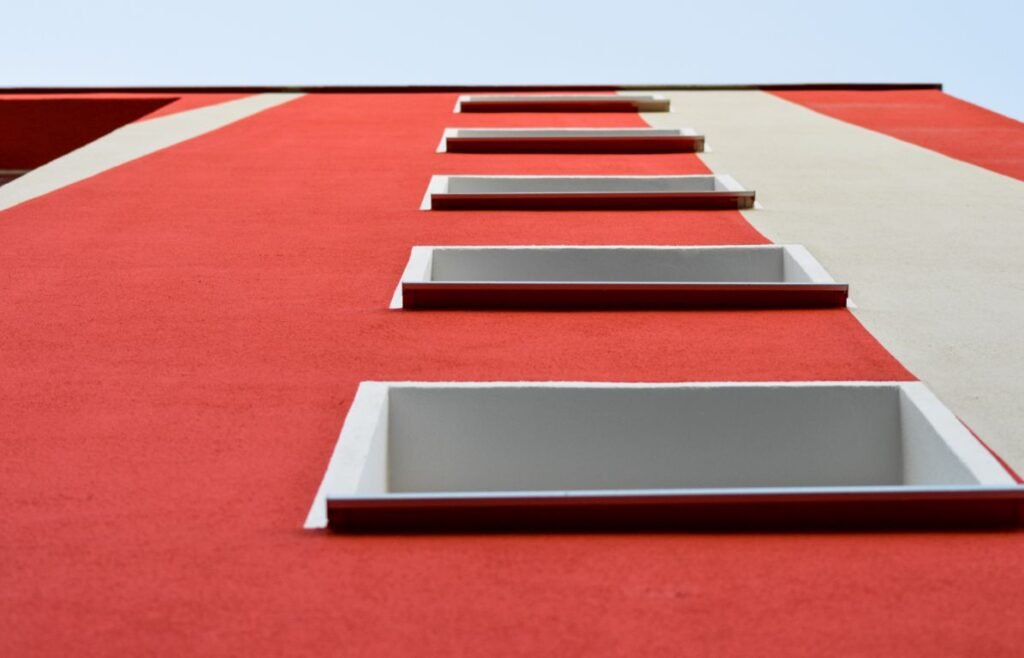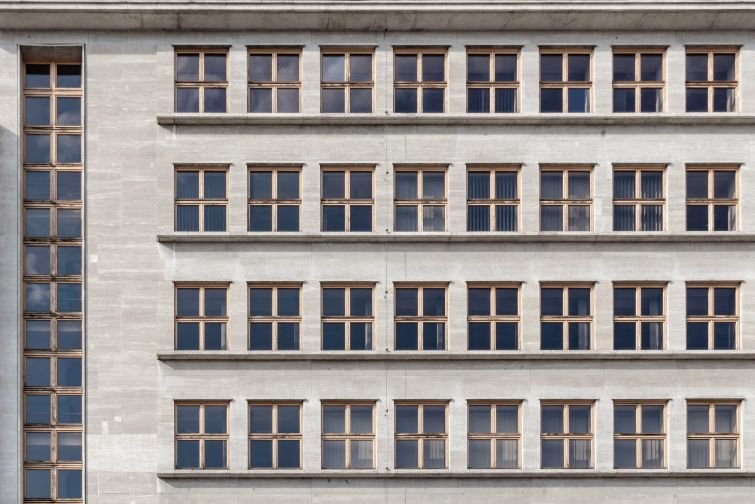It was over 2 years ago I came across the challenges building managers and owners faced when trying to manage their facade. Particularly high rise buildings.
What were the problems?
- Lack of documentation
- Conflict of interest
- Paper based reporting
- Inability to track changes over time
- Unable to compare findings

Lack Of Documentation
The facade is a vital part of a building, but it is often the least documented aspect. Commonly, as part of any facade inspection in Australia, only issues with the facade are recorded. This is a problem because the problems can make up as much as 1% of a building’s external envelope. In today’s data-driven world, making informed decisions about an asset requires access to accurate and complete data. Without this information, it is impossible to make informed decisions about the facade or other aspects of a building.
Conflict Of Interest
Currently, it is common for the same company to both inspect and repair the facade of a building. However, this creates a conflict of interest, as the company has an incentive to identify issues with the facade in order to secure repair work. In our view, the inspection and repair of a building’s facade should be handled by separate companies in order to avoid this conflict of interest and ensure the integrity of the inspection process.
Paper Based Reporting
Despite the advances in 3D modeling and machine learning, the process of inspecting and reporting on building facades has remained largely unchanged and presents as one of the main problems with current facade management. Paper-based reports, such as PDFs, have limited utility when it comes to facade inspections. These reports do not allow for the comparison of data sets, tracking of changes over time, or updating of information, making them static and of low value. In order to improve the ROI of facade inspections, it is necessary to move away from paper-based reports and adopt more advanced methods for capturing and analyzing data.

Inability To Track Changes Over Time
The current system of facade inspections, which often only takes place every 5 years and lacks comprehensive documentation, makes it difficult to track changes over time and understand the full history of an issue. Without this information, it is difficult to know what problems are new, what has been missed, and what may have contributed to the occurrence of an issue. This lack of data makes it challenging to accurately assess and address problems with a building’s facade.
Unable To Compare Findings
Without comprehensive data and the ability to analyze it, it is difficult to accurately compare past and present reports on a building’s facade. Paper-based reporting, such as PDFs, does not provide the necessary level of detail or interactivity to allow for effective comparison of findings. The use of a 3D model, on the other hand, can allow for a more in-depth analysis of a building’s facade and facilitate the identification of new, existing, and worsening issues. To effectively compare findings and track changes over time, it is necessary to have a sufficient amount of historical data and the tools to interact with it.
Solving These Problems
Lack Of Documentation
Our camera system is mounted on the Building Maintenance Unit (BMU) and takes high resolution images of your building’s facade as the BMU is used to clean the windows. This means you are documenting the facade whenever the BMU is being used.
Conflict Of Interest
Our offering means that you can separate the inspection to the rectification work. Using machine learning, we identify errors and flaws in the collected images and create a 3D model of the structure to highlight the locations of these issues. To review the findings, simply click on the highlighted area in the 3D model and view the corresponding imagery. This meaning the people completing the rectification work can review all the findings remotely without having to be on the BMU.
Paper Based Reporting
Our solution utilizes 3D models to provide an interactive and comprehensive way to review information about building defects. Instead of a paper-based report, defects on the facade are highlighted on the 3D model, allowing you to easily visualize and understand the location and nature of the issues. This approach offers a number of benefits, including the ability to easily share the information with others and gain a deeper understanding of the layout and construction of the building.
Inability To Track Changes Over Time
Collecting more data on the condition of a building’s facade allows you to track changes over time and identify issues sooner and it one of our main facade manament tips to implement. Our solution enables you to document the facade more frequently, such as twice or three times a year, rather than the traditional approach of only doing 20% once a year. This increased frequency allows you to catch any major problems earlier, allowing you to address them more quickly and effectively. By staying ahead of potential issues, you can proactively maintain the integrity and appearance of the building.
Unable To Compare Findings
Our web app provides a convenient and centralized location for storing all of the data collected about a building’s facade. With this data stored in one place, you can easily compare findings from different dates by overlaying the photos and noting any changes or differences. This feature allows you to track the condition of the building over time and identify any issues or trends that may need attention.
Comparing our solution to others is like comparing apples to mushrooms – It doesn’t make sense and they are completely different. Our solution is unique and offers several benefits over existing solutions:
- It provides regular and consistent data collection.
- It documents the entire facade, not just identified issues.
- Gather imagery of the building’s facade multiple times per year.
- It makes it easy to view and understand the location of problems on the facade through the use of a 3D model.
- It fits seamlessly into your existing workflow, rather than requiring an additional service.
- The data is interactive and easy to update.
- You can compare current and previous data sets to track changes over time.
- It removes the potential for human bias in the inspection process.
Want to see what it’s all about? Send us a message and we will set up a time.
